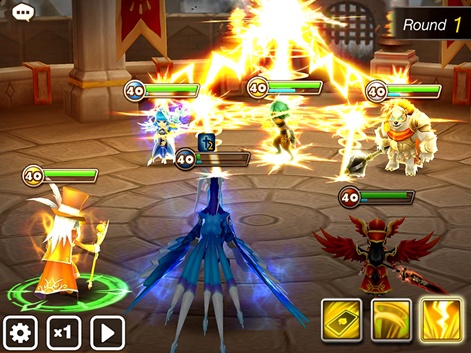Markus Malti is CEO of WeQ.
Through the years, the mobile games landscape has evolved dramatically at breakneck speed. When it comes to interesting territories for game developers to explore, South Korea has emerged as one of the strongest markets in Asia.
If you have a gaming mobile app and are looking to improve your monetisation potential, there are plenty of valid reasons to extend your reach outside of tried-and-tested China and Japan.
For starters, South Korea has the highest smartphone penetration in the world with 88 per cent of the population reportedly owning a smartphone, rising to a staggering 100 per cent between 18- and 34-year-olds.
Also, the mobile games market is growing impressively in downloads and revenue and has now become the fourth largest in the world.
Surge in growth
Until 2011, gaming was a niche activity, due to strict regulations - but it surged in 2012 with the launch of Kakao Games (owned by Kakao, the dominating mobile platform with over 100 million users, which also operates Korea’s most popular messenger app KakaoTalk).
Over its three-month launch period, it earned 82 million downloads by 23 million unique users in South Korea alone.
In 2017, mobile gaming revenues exceeded $4.2 billion. This is hardly surprising given that out of a population of 49.5 million people, a whopping 25.6 million are gamers - with 55 per cent spending money on mobile games.
In fact, South Koreans score second-highest globally after Japan, on average monthly game spend per player at $12.80.
It’s fair to say that the market is fiercely competitive with local companies dominating, but the good news is that mobile games monetisation is still in its infancy. Local gamers are still hungry for more.
They are testing and downloading new titles at a rapid pace, in search of the latest and greatest experiences - with more than 35 per cent gamers downloading an average of four or more games per month, and more than 60 per cent downloading between one and three games. So there is plenty of potential for games coming from the West too.
We have rounded up our four tips for tapping into the South Korean mobile gaming market.
Click here to view the list »












